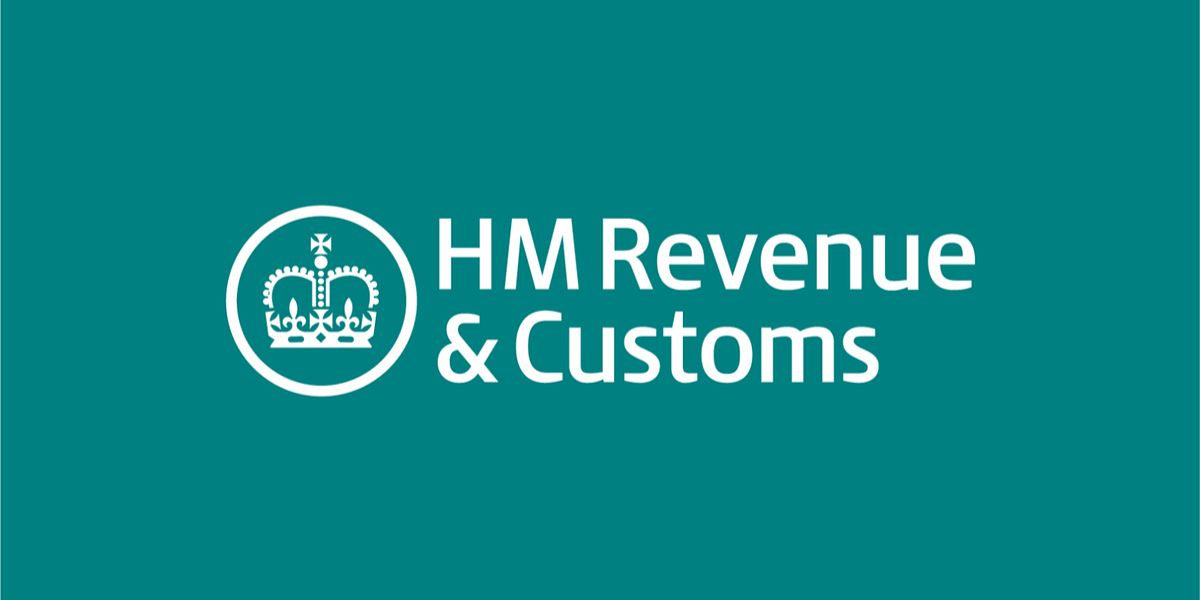The UK government has published a consultation document in respect of allowing the transfer of savings from a Child Trust Fund to a junior Individual Savings Account (Junior ISA). Child trust funds were originally introduced in 2004 with the intention that savings, including contributions from the government, would be held in trust for children until they reach the age of 18. The parents would not be permitted to access the savings except for certain specified purposes. Income arising from the contributions to the account would not be liable to tax on the parent making the contribution, as would otherwise be the case under UK tax law. Government contributions to child trust funds were phased out in 2010 and no new funds were set up after 3 January 2011, but around six million child trust funds still exist and families may still contribute to these funds, normally held in the form of either cash or stocks and shares. Funds may be transferred between two child trust funds.
Following the phasing out of government contributions and of new child trust funds, the UK government introduced the Junior ISA. This account has similar features to the child trust fund in that funds may be contributed up to a specified annual limit, the fund may be held as either cash or stocks and shares, the income accumulates free of tax and the funds are locked in until the child reaches a certain age. There are no contributions by the government to Junior ISAs and no providers are obliged by law to offer a Junior ISA. Currently the rules state that a child who holds a child trust fund may not also hold a Junior ISA.
The government considers that the principles of fairness require that a child holding a child trust fund should not be prohibited from opening a Junior ISA if this is better suited to the needs of the child. This could be achieved by permitting transfers of funds from a child trust fund to a Junior ISA but the government considers that consultation is needed on the impact of this change on all holders of child trust funds. As there are six million child trust funds this is an important consideration. The government has however ruled out the possibility of permitting a child to hold both a child trust fund and a Junior ISA at the same time, given that both accounts give tax advantages.
The majority of the child trust funds currently held are stakeholder accounts and give certain advantages such as a cap on management fees and lifestyling of accounts after the child reaches the age of thirteen. Under the lifestyling process the provider transfers the investments to safer assets as the date of maturity of the fund approaches, to protect the child from potential sudden downturns in the market that would deplete the value of the fund. These statutory advantages would be lost if these funds were transferred into Junior ISAs.
In addition to these considerations, the government is also concerned about the effect that any change in the legislation would have on the continued availability of a suitable range of child trust funds. The government particularly wants to ensure that child trust funds remain available to suit all income ranges.
Under the proposed approach the funds in a child trust fund could only be transferred in their entirety, rather than piecemeal, to a Junior ISA. The normal rules for opening a Junior ISA would apply, including the notification of account charges. Following the transfer the child trust fund would have to be closed. The funds would continue to be held in a tax free wrapper and transferred to the Junior ISA without regard to the normal annual limit on contributions to a Junior ISA.
An alternative approach would be to merge child trust funds into Junior ISAs. Providers currently offering both types of product could merge their accounts and save administrative costs while offering a simplified choice to parents and guardians on the correct vehicle for the savings. This approach is however not favored by the UK government because many child trust fund providers do not currently offer Junior ISAs and they would need to deal with more development costs and additional regulatory requirements. Also, it is anticipated that many holders of child trust funds will not wish to transfer the funds to Junior ISAs. This option might remain for a later date if the market for child trust funds changes.


















